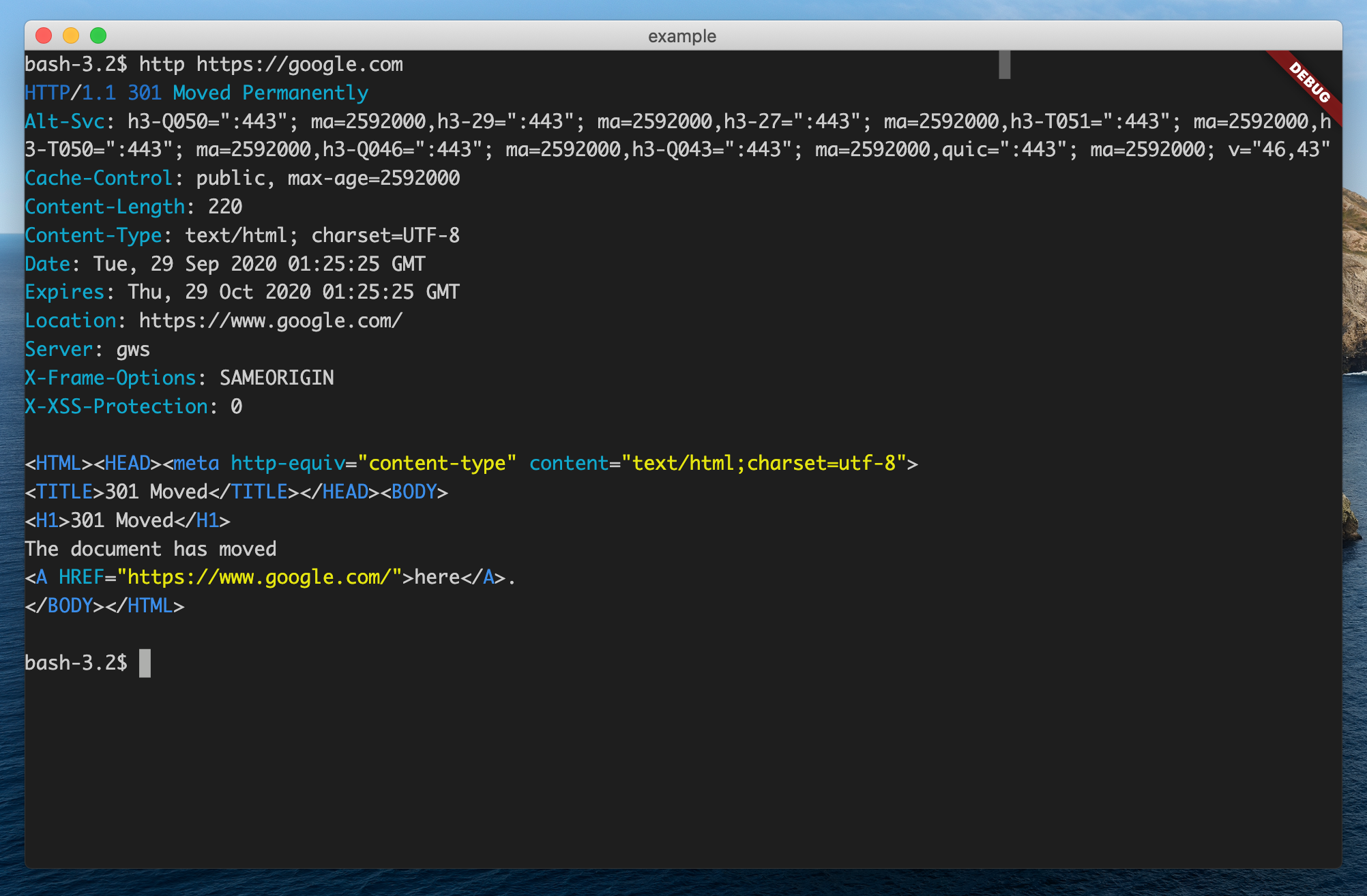

Additionally, in VT102 mode, xterm implements the In either VT102 or Tektronix mode, there are escape sequences to change the name of the windows. A popup menu entry makes it simple to switch between the normal and alternate screens for cut and paste. The termcap(5) entry for xterm allows the visual editor vi(1) to switch to the alternate screen for editing and Saving of lines scrolled off the top of the window is disabled until the When activated, the current screen is saved and replaced with the alternate screen. In VT102 mode, there are escape sequences to activate and deactivate an alternate screen buffer, which is the same size as the display area of the window.

If the window is the focus window, then the text cursor is highlighted no matter where the pointer is. Xterm automatically highlights the text cursor when the pointer enters the window (selected) and unhighlights it when the pointer leaves the window Some (e.g., the non-VT220 extensions) areĪvailable only if they were compiled in, though the most commonly-used are in the default configuration.
MAN UXTERM MANUAL
Not all of the features described in this manual are necessarily available in this version of xterm. Xterm is started in, or the home directory for a login xterm). Hh, mm and ss are the year, month, day, hour, minute and second when the COPY was performed (the file is created in the directory Xterm and may be written to a file by sending the COPY escape sequence (or through the Tektronix menu see below). The Tektronix text and graphics commands are recorded internally by There is no write-through or defocused mode support. Four different font sizes and fiveĭifferent lines types are supported. It supports 12-bit graphics addressing, scaled to the window size.

The Tektronix 4014 emulation is also fairly good. (See the Xterm Control Sequences document.) Many of the special xterm features may be modified under program control through a set of escape sequences different from the standard VT102 escape (The "TERMCAP" environment variable is not set if xterm is linked against a terminfo library, since the requisite information is not providedīy the termcap emulation of terminfo libraries). You may also use "vt220," but must set the terminal emulation level with the decTerminalID Then sets the "TERM" and the "TERMCAP" environment variables. Platform-specific entry, "xterm," "vt102," "vt100," "ansi" and "dumb." xterm automatically searches the termcap file in this order for these entries and termcap(5) entries that work with xterm include an optional The VT220 emulation does not support soft fonts, it is otherwise complete. Double-size characters are displayed properly if your font server supports scalableįonts. The VT102 emulation is fairly complete, but does not support autorepeat. The active window can be chosen through escape sequences, the "VT Options" menu in the VTxxx window, and the

This is the window that contains the text cursor.
MAN UXTERM WINDOWS
This box is located in the upper left area of the window.Īlthough both windows may be displayed at the same time, one of them is considered the "active" window for receiving keyboard input and terminal output. Maintain the correct aspect ratio (height/width), Tektronix graphics will be restricted to the largest box with a 4014's aspect ratio that will fit in the The VTxxx and Tektronix 4014 terminals each have their own window so that you can edit text in one and look at graphics in the other at the same time. Signal in systems derived from 4.3bsd), xterm will use the facilities to notify programs running in the window whenever it is resized. If the underlying operating system supports terminal resizing capabilities (for example, the SIGWINCH Programs that cannot use the window system directly. It provides DEC VT102/VT220 (VTxxx) and Tektronix 4014 compatible terminals for The xterm program is a terminal emulator for the X Window System.


 0 kommentar(er)
0 kommentar(er)
